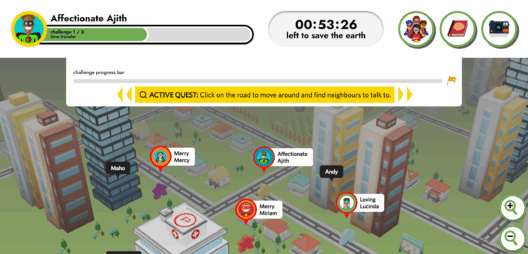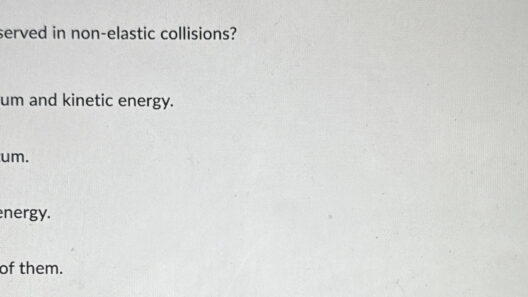Introduction
In our world today, energy conservation plays a crucial role in fighting climate change. By saving energy at home, we can reduce greenhouse gas emissions and help protect the environment for our future. This guide will explain how you, a 4th grader, can help conserve energy in your home. Saving energy is not just about turning off the lights; it’s about understanding how energy works and making smart choices. Here are several easy techniques that anyone can adopt!
1. Understand Energy Use
First, it’s essential to understand what energy is and how we use it. Energy is what powers our televisions, lights, computers, and refrigerators. Everything that plugs in or runs on electricity uses energy. For example, did you know that when you leave your phone charger plugged in even when it’s not charging, it still uses energy? This phenomenon is known as “phantom load” or “vampire energy.” By being aware of how and when we use energy, we can make more conscious decisions.
2. Turn Off Electronics
One of the simplest ways to conserve energy is to turn off devices when they are not in use. When you leave a room, remember to turn off the lights. This also applies to electronics. You can help by reminding your family to shut down televisions, video game consoles, and computers when they are finished using them. It’s a small action that can lead to significant energy savings over time.
3. Use Energy-Efficient Appliances
Some appliances use more energy than others. If your family is thinking about getting a new refrigerator, washing machine, or dryer, it’s essential to choose energy-efficient models. These appliances are designed to use less electricity and water, which saves money on utility bills and helps the environment. Look for the ENERGY STAR label, which indicates that the product meets energy efficiency guidelines.
4. Embrace Natural Light
Using natural light from the sun can also save a considerable amount of energy. Instead of turning on lights during the day, try opening curtains and blinds to let sunlight in. This practice not only brightens the room but also creates a cheerful atmosphere. You can also consider rearranging furniture to maximize sunlight exposure. Additionally, using light-colored paint on walls can reflect more light, making the space feel even brighter!
5. Be Strategic with Heating and Cooling
Heating and cooling a house can consume a large portion of energy. An easy way to conserve energy is by adjusting your thermostat. In the winter, lowering the thermostat by just a couple of degrees can save a lot of energy. During summertime, keeping the thermostat a few degrees higher can also do wonders. Don’t forget about ceiling fans! They can help circulate air and keep your home comfortable without using as much energy as air conditioning.
6. Unplug Chargers and Appliances
When you are not using chargers, unplug them. This includes chargers for phones, tablets, laptops, and more. According to experts, up to 10% of your home’s energy use can come from devices that are plugged in but not in use. Encourage your family to develop a habit of unplugging devices. Creating a designated space, like a charging station, can help make it easier to remember.
7. Invest in LED Bulbs
Switching out traditional incandescent light bulbs for LED bulbs can significantly reduce energy use. LED bulbs last longer and use a fraction of the energy of incandescent bulbs. This switch is not only good for the environment but will also save your family money on electricity bills. When you want to light up your home, choose LED bulbs for every fixture!
8. Reduce Water Heating Costs
Heating water can take a lot of energy, especially if we use hot water all the time. You can help conserve energy by taking shorter showers and turning down the temperature of the water heater to a warm setting. Additionally, using cold water for laundry can save energy. While some items must be washed in hot water, most can be cleaned effectively in cold water, which is kinder to both the planet and your electricity bill.
9. Seal and Insulate Your Home
Keep your home cozy in winter and cool in summer by ensuring that doors and windows are sealed properly. Gaps can lead to significant heat loss in the winter and cool air escaping during the summer, making heating and cooling systems work harder. Use weatherstripping to seal gaps around windows and doors. Insulating your home can be a bit more complex, but it’s a worthy investment that promotes energy savings!
10. Get Your Family Involved
The best way to create energy-saving habits is to get your family involved. You can start a friendly competition to see who can save the most energy each month. Track your energy usage and come up with ideas together on how to save more. If everyone in your household participates in conserving energy, it can lead to impactful changes and create a more sustainable environment.
Conclusion
Energy conservation may seem like a big challenge, but with simple and easy actions, everyone can contribute. As a 4th grader, you have the power to educate your friends and family about the importance of saving energy. Each small step taken contributes to a larger movement towards a healthier planet. Remember that every time you conserve energy, you contribute positively to the world around you.








